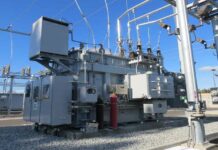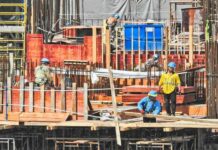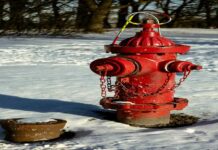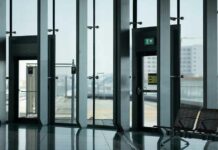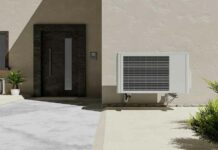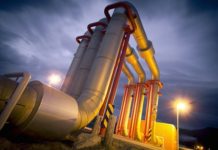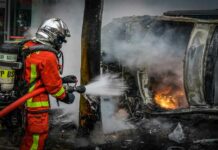Fire protection systems are a normal part of architectural design and engineering in most places around the world. Yet, despite the time and effort put into design and implementation, fire protection systems still fail. We are forced to ask two questions: why did they fail and what can be done about it?
It’s expected that organisations will invest in essential fire protection equipment that saves lives and protects property. Likewise, property owners expect that the equipment they invest in will not fail. When failures occur, we look for reasons explaining why. Yet identifying possible reasons alone isn’t enough. Accountability needs to follow.
6 Common Reasons for Failures
Very little good comes from a fire prevention system prone to failure. Like so many other things in the construction trades, fire prevention systems are complicated systems with tons of moving parts. So much can go wrong. Here are six things that do from time to time; they constitute some of the most common reasons for system failure:
1. Inadequate System Design
Fire protection starts at the design stage. Unfortunately, one of the most frequent mistakes in modern construction is designing fire protection systems that are inadequate to the needs of the building. The result is a system that cannot provide sufficient coverage.
A lack of coverage leaves some parts of the building more susceptible to fire than others. And if a fire is allowed to burn out of control in just one area, it can quickly spread across the entire building – beyond the capacity of the protection system to put it out.
2. Improper Installation
A well-designed system providing adequate coverage can only do its job if it is installed properly. Therein lies the second common reason for failure: improper installation. Examples include poor pipe connections, incorrect sprinkler head placement, and connecting to an inadequate water supply.
3. Not Maintaining Systems
While inadequate system design and improper installation are problems observed during construction, the third common reason for fire protection system failure is observed post-construction: a lack of maintenance.
Property owners have an obligation to maintain fire protection systems according to manufacturer and regulatory standards. Not doing so creates a scenario in which system components may not function properly. Without proper maintenance, corroded pipes can fail, sprinkler heads can be blocked by dirt, and alarm systems can fail to sound.
4. Corrosion
Regular maintenance is so necessary because fire protection systems can corrode. Indeed, corrosion is another common reason for system failure. It can affect both internal and external components, with pipes being the most at risk. Fortunately, regular inspections reveal corrosion in its earliest stages. Preparations can ensure continued system functionality.
5. Weather Conditions
In some locales, weather conditions can affect fire protection systems. A good example is a property in an area where extreme cold is normal during the winter months. Cold temperatures can lead to external pipes freezing. Even internal pipes in parts of the building that are not kept heated are at risk.
When pipes freeze, they burst. Broken pipes no longer carry water to the fire protection system. So if a fire breaks out, the system fails.
6. Natural Disasters
Hand-in-hand with weather conditions is natural disasters. Lightning strikes, storms, and other such events can knock out fire protection systems in any number of ways. The sensitive electronics now so common to high-tech fire systems are especially susceptible to natural disasters. A simple lighting strike can disrupt them.
System Failures Can Be Mitigated
Although it is impossible to design and build a perfect fire protection system that never fails, system failures can be mitigated to some degree. For example, property owners and local officials can insist that fire protection systems be designed only by qualified engineers with experience in local fire codes and standards. Likewise, installation can and should be performed by certified professionals with proper training.
The most important thing that could be done on a global scale is developing a set of standards that provide a baseline engineers and architects can follow. There are standards already in place, but none have been universally adopted. They include:
- International Fire Safety Standards (IFSS)
- National Fire Protection Association (NFPA) Codes
- International Building Code (IBC)
- Euroclass System
- FM Global Standards
Among these five options, the IFSS and NFPA Codes are the most utilised and recognised around the world. But neither represents a de facto standard that everyone follows. Without such a standard, there is no baseline for what constitutes a well-designed and maintained fire protection system.
Important Enough to Get Right
It’s unfortunate that fire protection systems fail as frequently as they do. But failures can be averted to some degree. Common sense dictates that doing so is important enough for stakeholders to get right. By producing standards that dictate system design, installation, and maintenance, it is possible to make buildings safer by reducing fire protection system failures.





